On May 15th, 2016, the world’s oldest operational photographic studio called it a day and shut shop after 176 years.
The iconic Bourne and Shepherd studio in Kolkata, set up by the photographers and bussinessmen of the British Raj in 1840, had to be shut down on Wednesday.
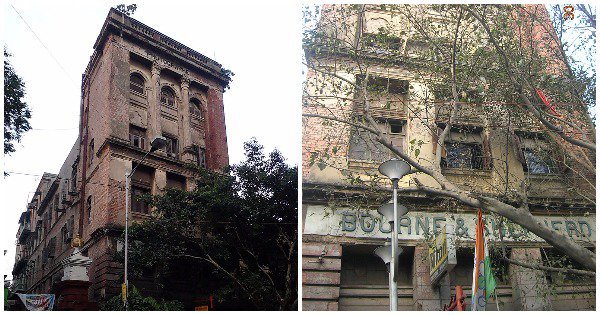
After surviving for 176 years, the studio finally gave in to the demands of the new ea. With the shift from film to digital in photography, the studio lost its erstwhile forte, and as newer players came into the market, the historic establishment was slowly edged out.
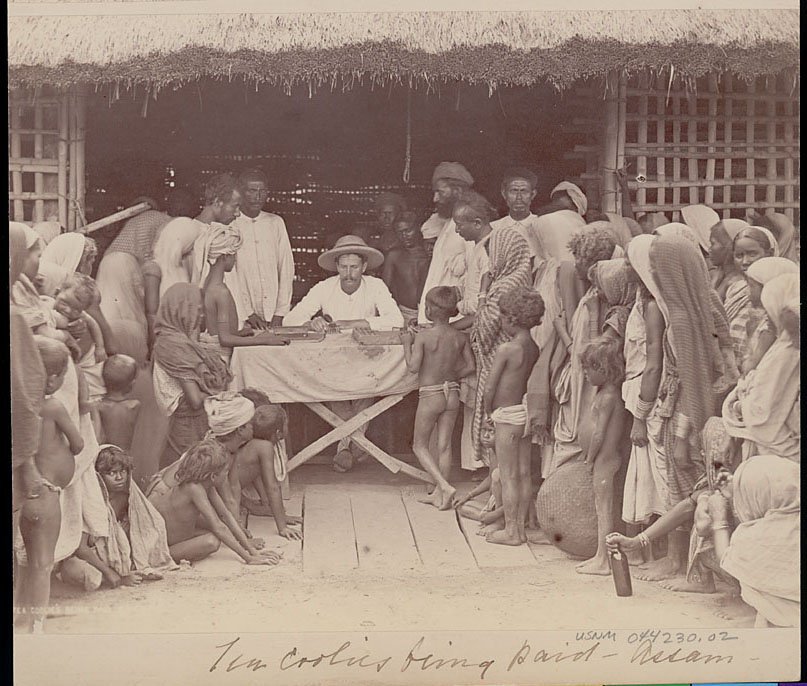
Another major factor that contributed to its fall from grace was a massive fire that broke out in the studio in 1991. The fire, reportedly, destroyed 90 percent of the studio’s photographic legacy. Bourne and Shepherd never quite recovered from the tragedy.
In an interview to Times Of India, Jayant Gandhi, the septugenarian who is currently among the partners who owns the studio on lease from LIC, said :
“Everything was destroyed in the fire and the loss became irreversible. We had the finest collection of photographs, but the treasure vanished in smoke,”
He added that due to his advanced age, it was impossible for him to run the place anymore.
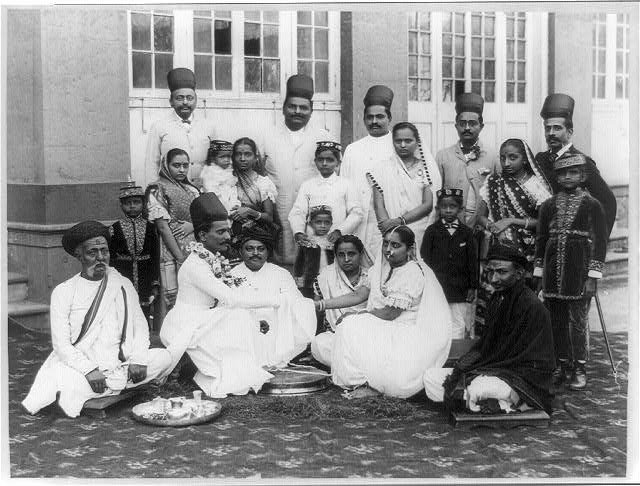
The Bourne and Shepherd studio was originally set up in 1840 by William Howard, a Calcutta based photographer. The studio later got it’s name after further contributions from Samuel Bourne and Charles Shepherd, and began operating as B&S only in 1966 after Howard’s departure from the enterprise (Before that it was called Howard and Bourne).
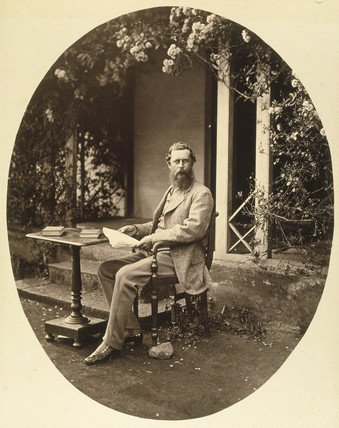
Located on SN Bannerjee Road, in the Esplanade (now Dharmatala) area of Kolkata, the studio remains an immensely important chronicler of colonial history in India and of the city itself. Incidentally, the building that houses the studio is called ‘Photographe.’
The legendary studio was where most official photo-shoots of British officials and ladies were held. Most important British officials and their families, as well as Indian royalty, came to B&S for portraits.
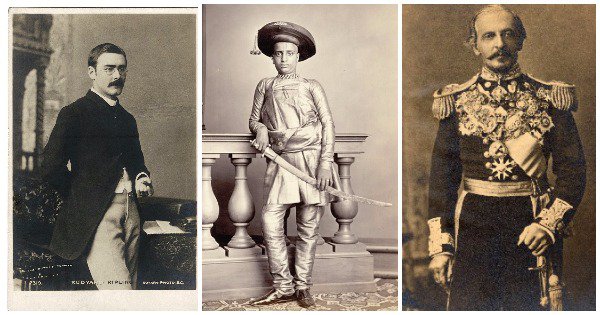
Post independence, the studio continued functioning and was the hub of Bengal’s creative intelligentsia, with frequent visits from the likes of Rabindranath Tagore, Satyajit Ray, Sandip Ray, Sunil Gangopadhay and several other luminaries.
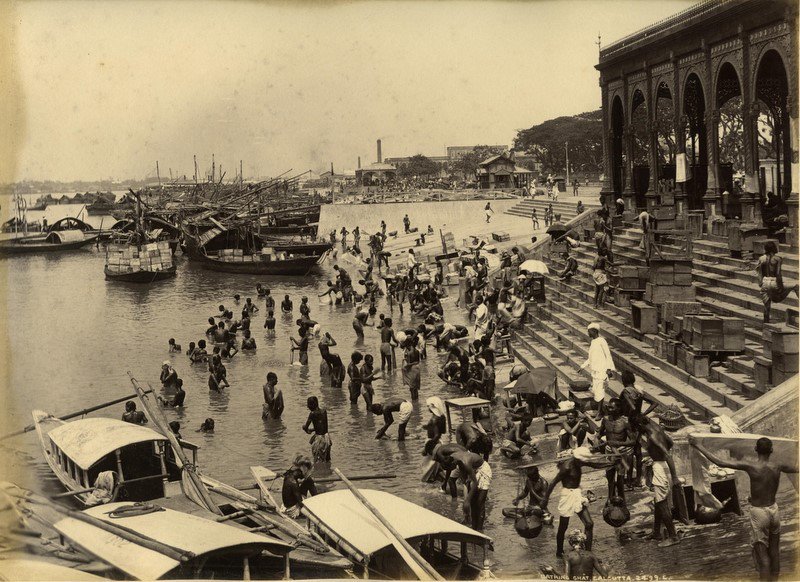
Today, it stands forgotten and decrepit right next to the much more glamorous Metropolitan Photo studio next door. P Sarkar, an employee of the latter, told The Indian Express:
“Bourne & Shepherd was once an important landmark of the city. You would see an assortment of imported vehicles parked outside the building through the 1940s to the 1980s,”
Some of the prints developed by the studio still exist in the Smithsonian Institution, the Cambridge University Library, the National Geographic Society’s Image Collection and the National Gallery of Portraits in London. The studio is also credited with taking the only known photograph of the highly revered Swami Paramhansa Ramkrishna.
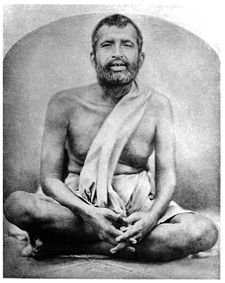
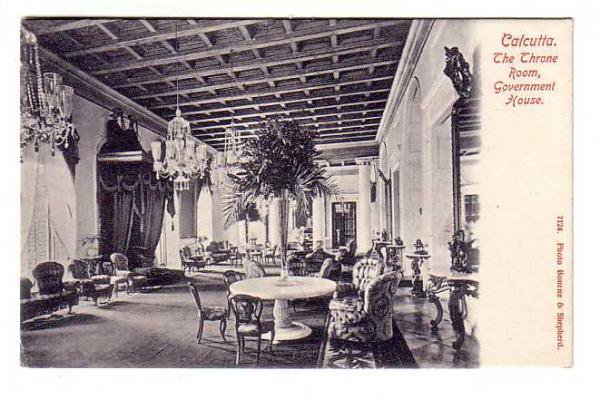
As of now, the owners have no plans of renovating or reopening the place. The historic Bourne and Shepherd studio will remain closed, with only the Gothic ‘Photographe’ building with the B&S engraving, remaining as testimony to a bygone era.
(Feature Image : Calcutta Court House in the 1800s | Source: WikiCommons)
(Editor’s Note: The article has been modified to reflect the fact that Mr Gandhi was only a part owner of the studio)

















